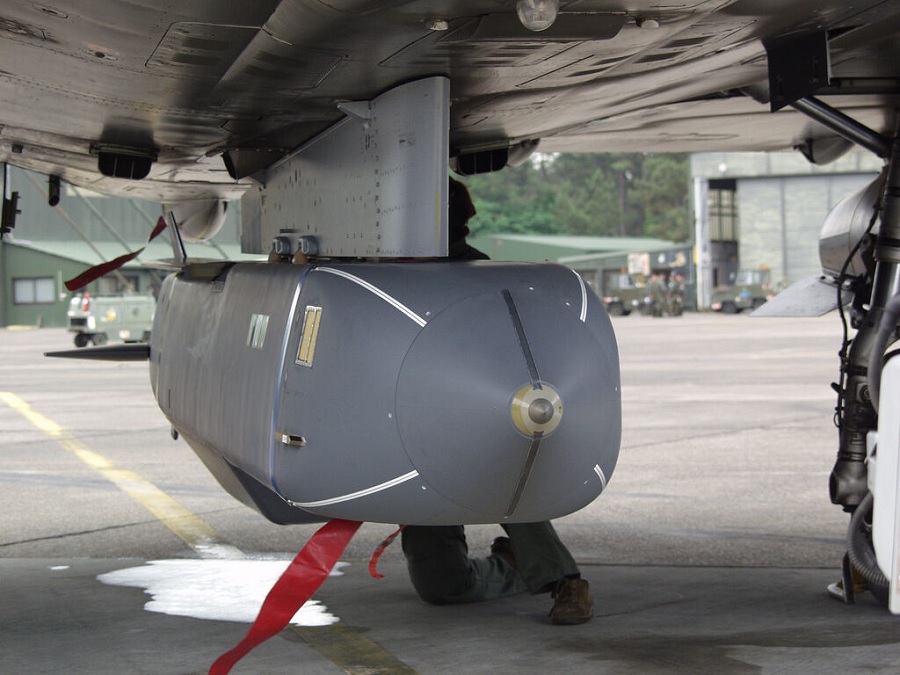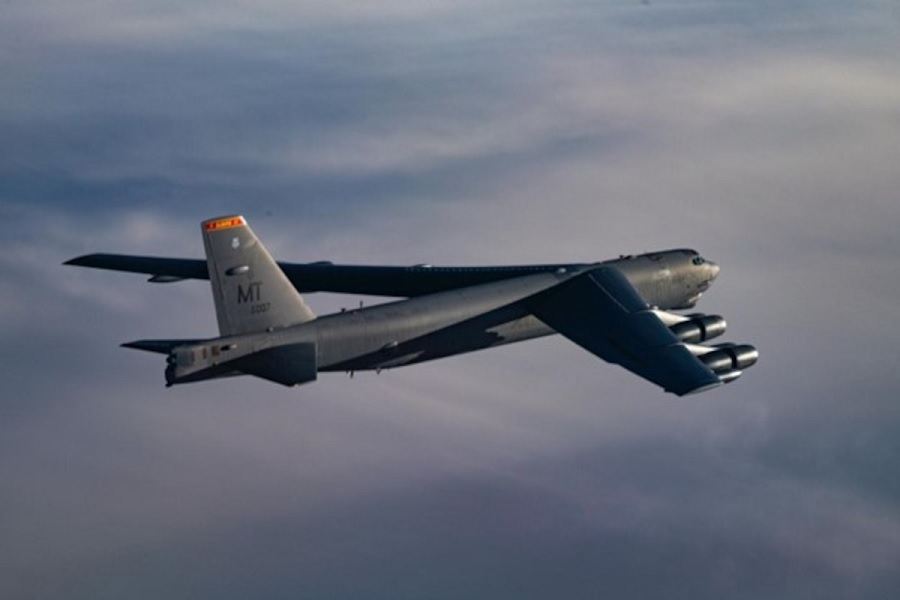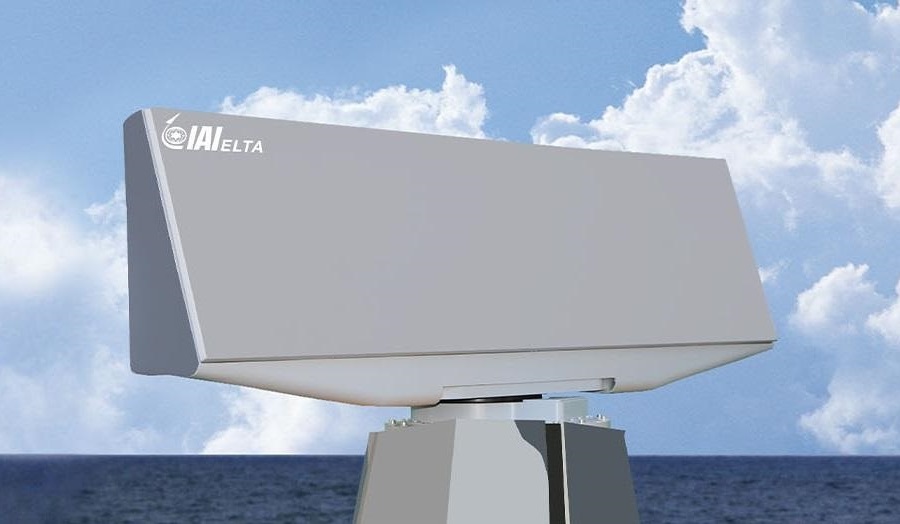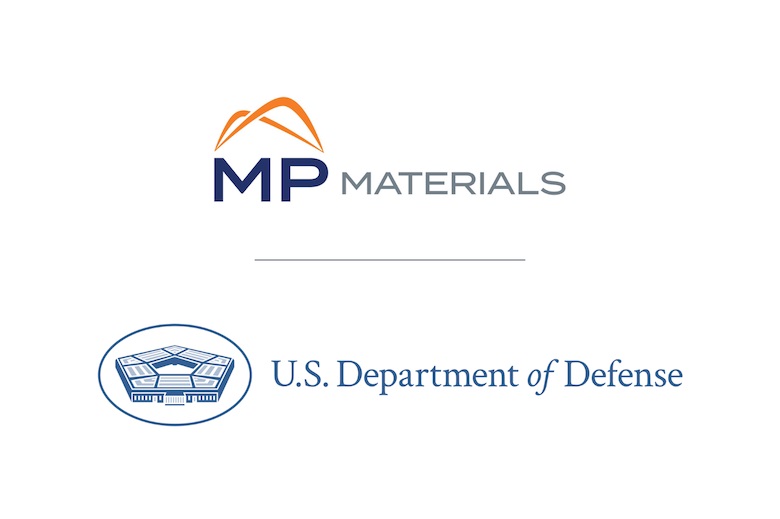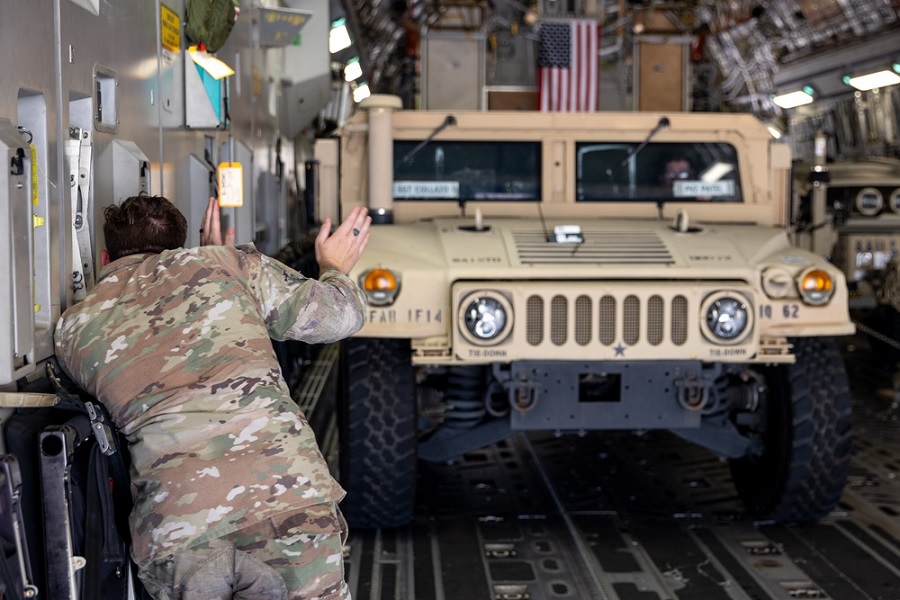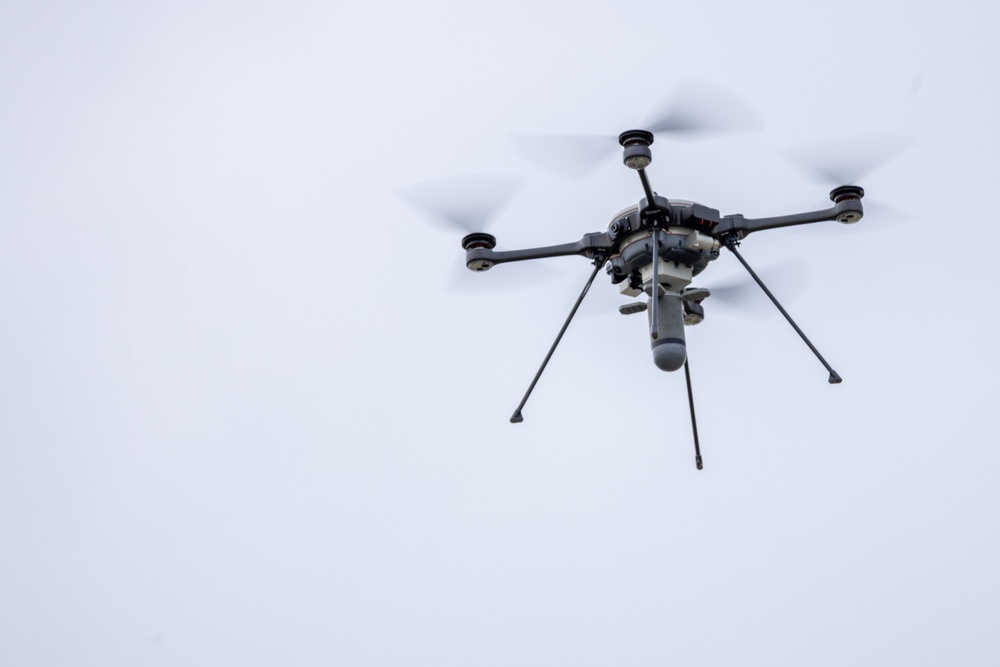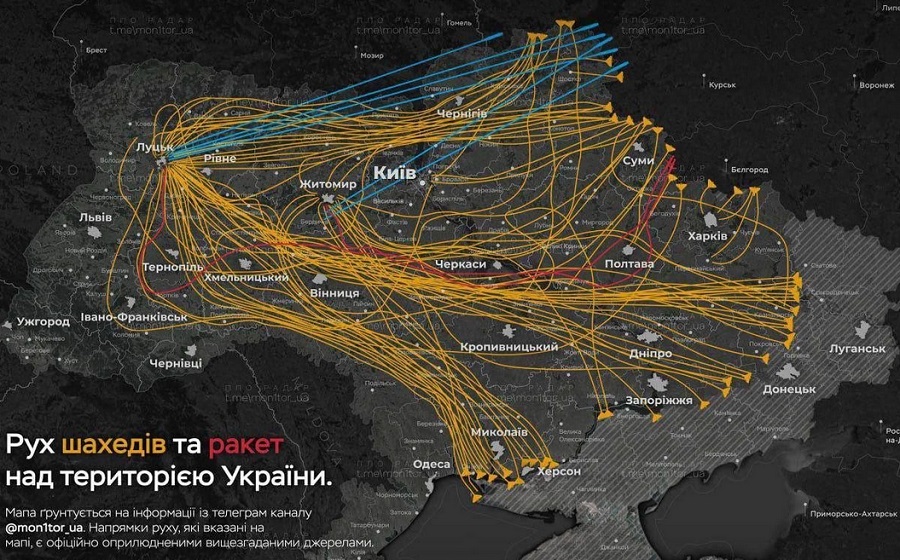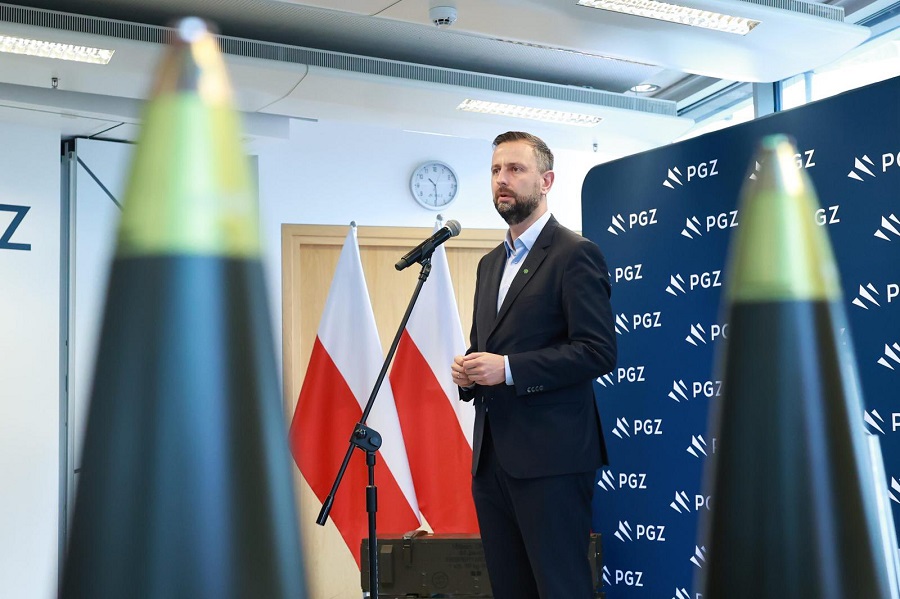The project, conducted in collaboration with Naval Surface Warfare Center Dahlgren Division, Lockheed Martin, Boeing, and the Air Force Research Laboratory (AFRL), focuses on automating key targeting processes. AI algorithms assist with target classification, pose estimation, aimpoint selection, and aimpoint maintenance, reducing the time needed to neutralise hostile drones.
Current LWS require human operators to manually track and engage drones, a process that can be time-consuming and complex, especially in drone swarm scenarios. By integrating AI, the tracking system can operate with greater speed and accuracy, enabling more effective responses in dynamic combat situations.
To develop this capability, researchers created large datasets of drone images and used deep learning techniques to train the AI model. The model was validated in a laboratory at NPS before being transferred to Dahlgren for field testing with operational laser weapon systems.
The AI-enabled system shifts the role of operators from manual control (“in-the-loop”) to supervisory oversight (“on-the-loop”), improving reaction times. This approach is particularly valuable in scenarios where using traditional interceptor missiles would be costly and inefficient against low-cost drones.
The research was supported by the Joint Directed Energy Transition Office (DE-JTO) and the Office of Naval Research (ONR), aligning with the Chief of Naval Operations (CNO) NAVPLAN. The technology could play a critical role in future naval defence strategies, enhancing shipboard protection against drone swarms, hypersonic missiles, and other emerging threats.
As AI and directed energy weapons continue to evolve, the U.S. Navy is exploring further applications of this technology across its fleet. Future developments may include expanded training datasets, integration with radar systems, and deployment across multiple platforms to improve situational awareness and defence effectiveness.
Source: Naval Postgraduate School (NPS).


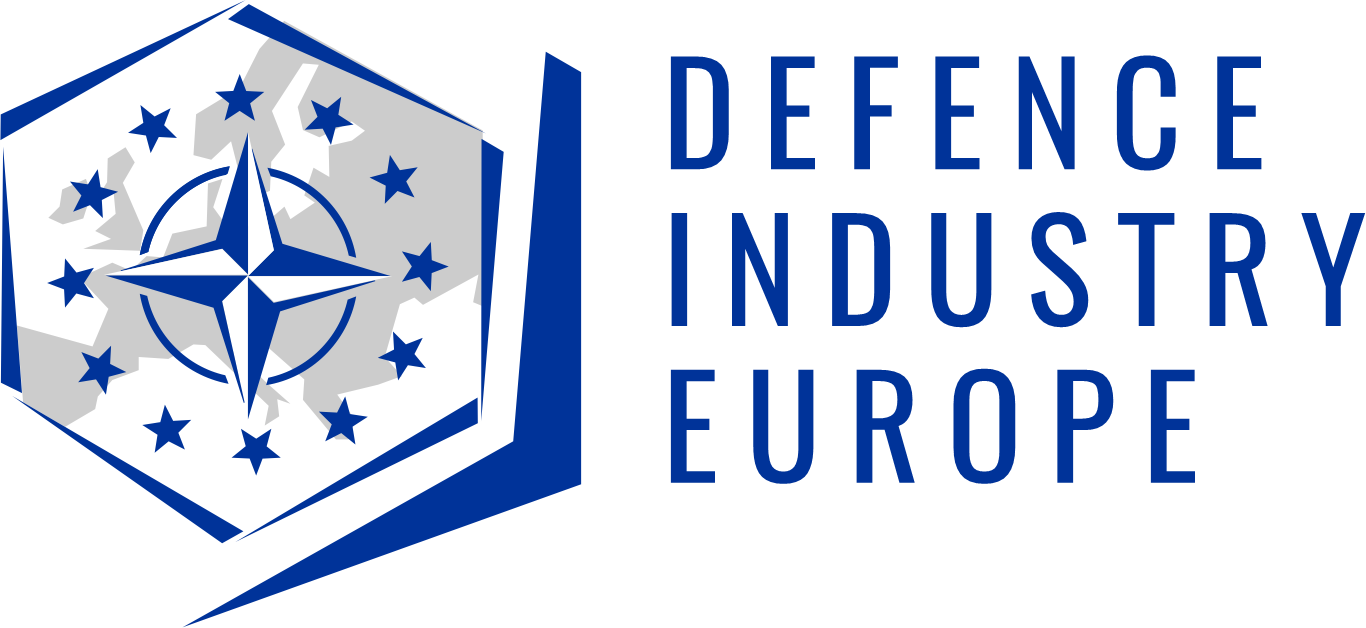

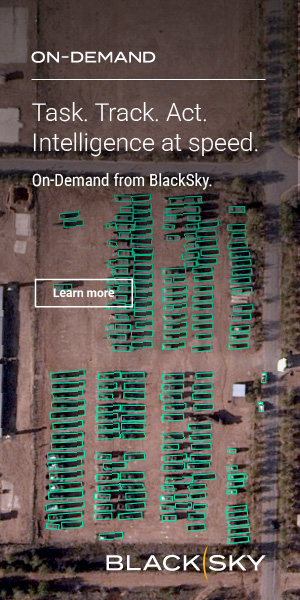
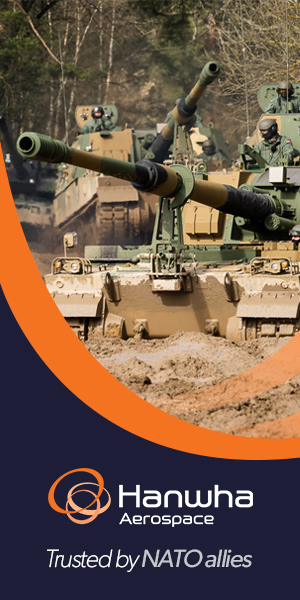

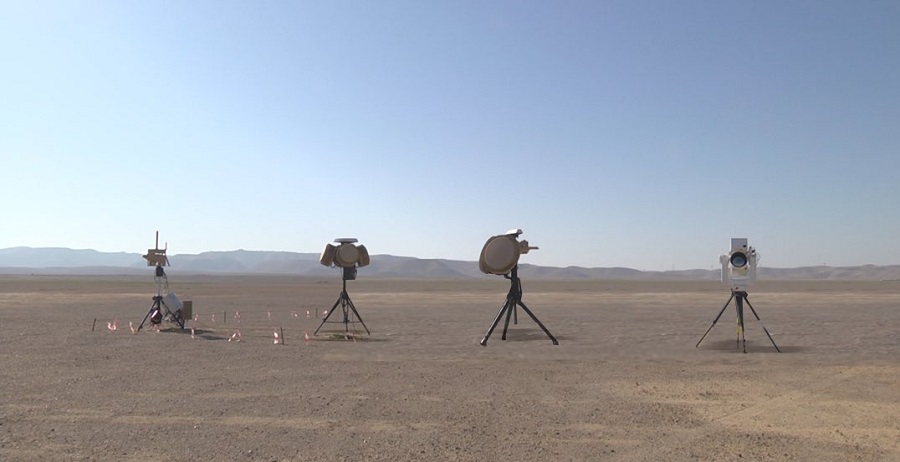
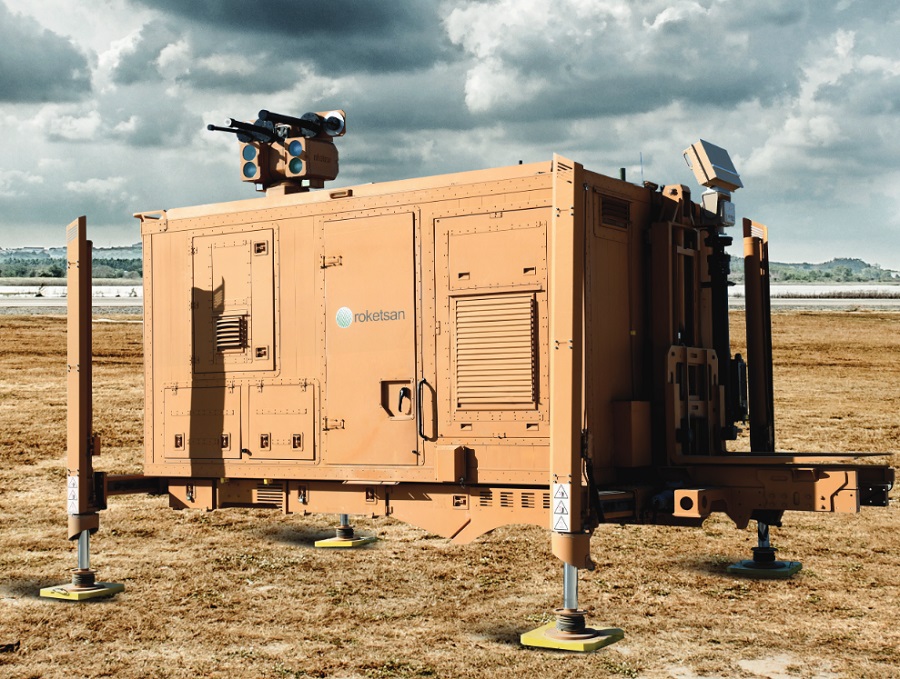
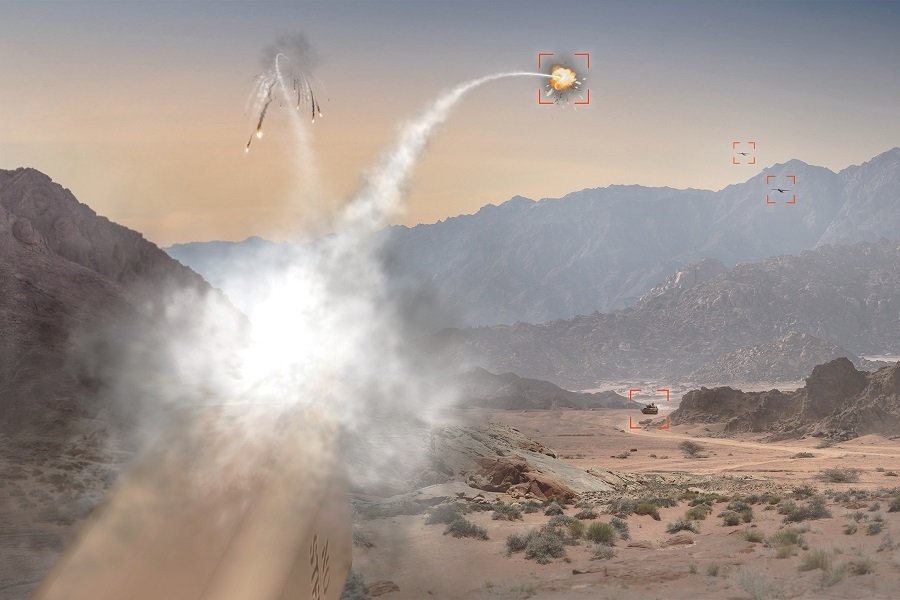
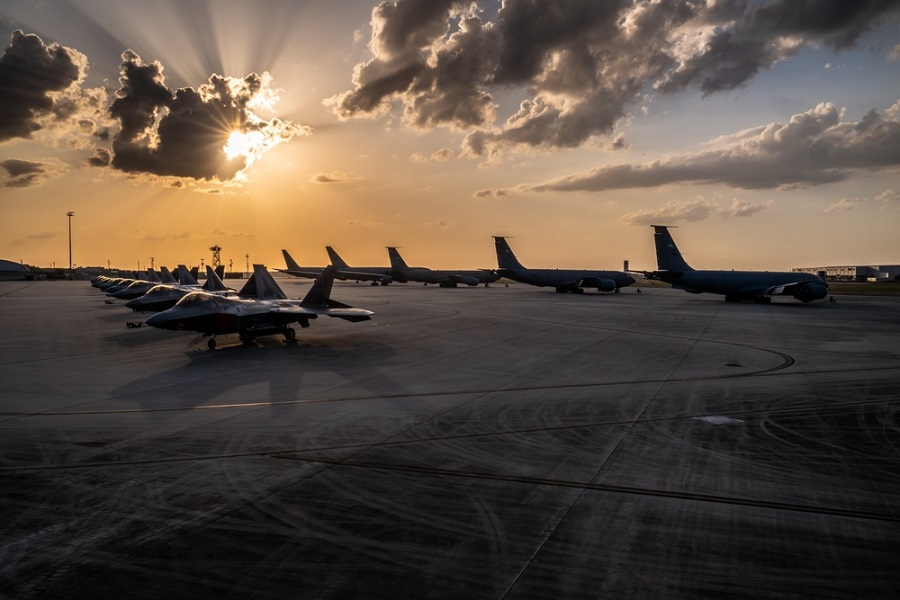
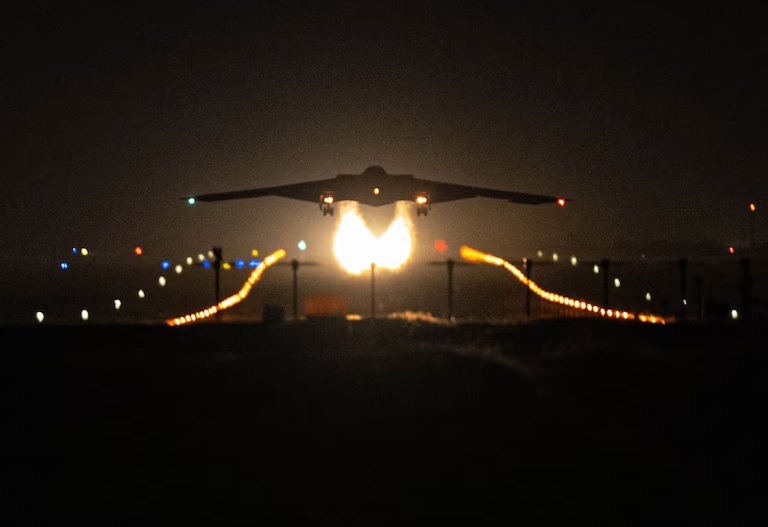
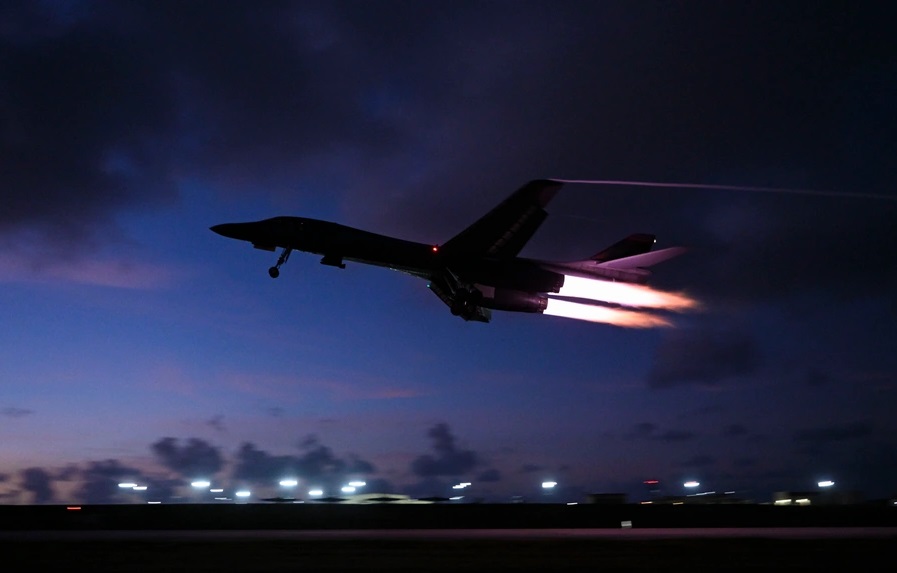

![Northrop Grumman conducts successful test of Mars ascent rocket motor [VIDEO]](https://defence-industry.eu/wp-content/uploads/2025/07/Northrop-Grumman-conducts-successful-test-of-Mars-ascent-rocket-motor-VIDEO.jpg)
